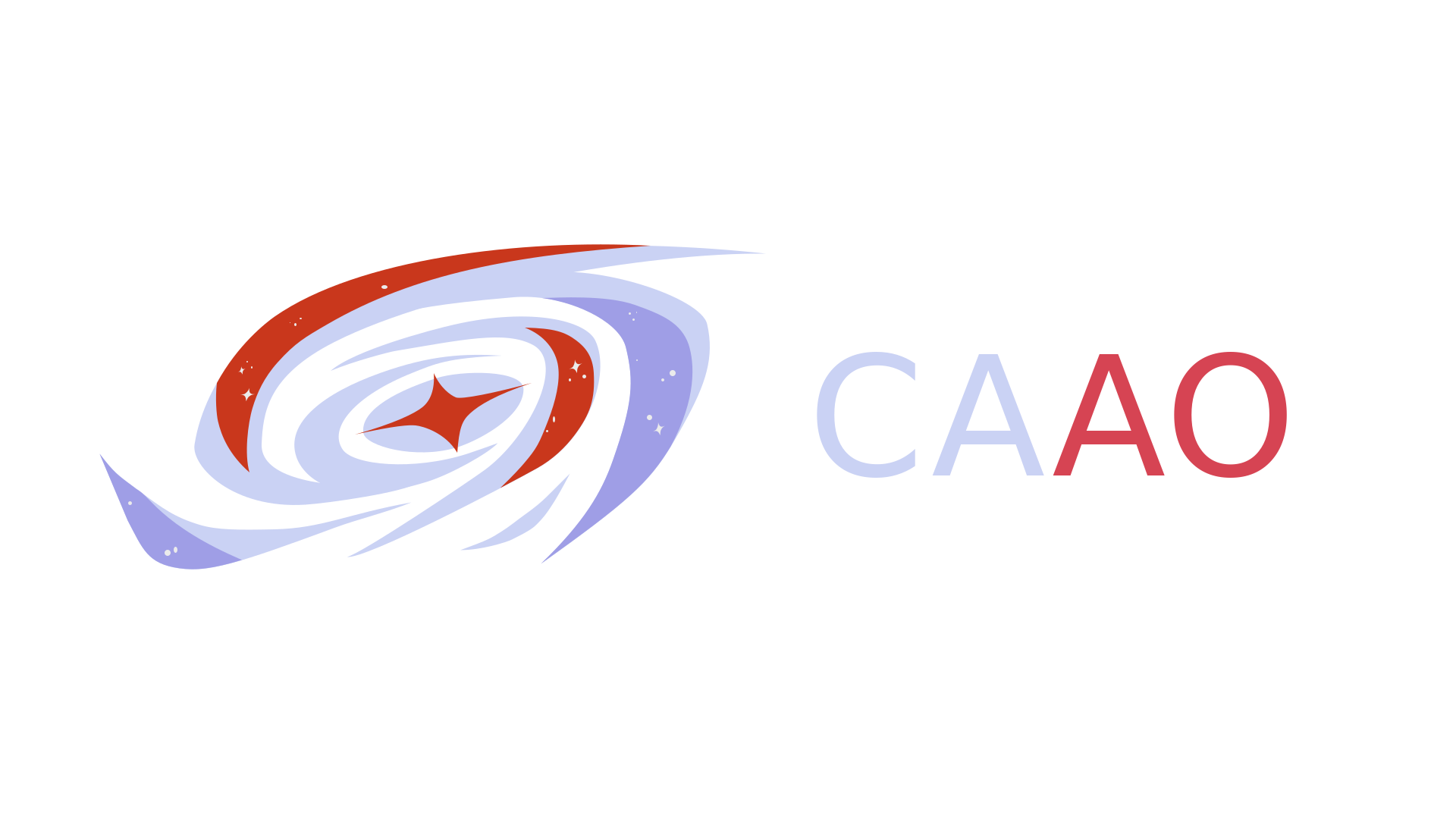What's New
2025 Team Canada IOAA Results
Congratulations to Team Canada on its outstanding performance at the 18th IOAA held in Mumbai, India. Our team returned with silver and bronze medals.
2025 CAAO Jr. Results
The results for the 2025 CAAO Jr. has been posted here.
The top ten students on the CAAO Jr. 2025 are also selected for Team Canada to compete at the IOAA Jr. in Romania.
2024 Team Canada IOAA Jr. Results
Congratulations to Team Canada on its outstanding performance at the third IOAA Jr held in Kathmandu, Nepal. Our team returned with a gold medal and an honourable mention.
This is Team Canada's first participation in the IOAA Jr. The remarkable results of our participants will pave the way for new students to push the boundaries of their aspirations.
2024 Team Canada IOAA Results
Congratulations to Team Canada on its outstanding performance at the 17th IOAA held in Rio de Janeiro, Brazil. Our team returned with gold and bronze medals.
Their collective effort has truly showcased the talent Canada brings to the international stage, and each one of them deserves our admiration and gratitude.
New Partners and Sponsors
We would like to express our sincere appreciation to McMaster University's Planetarium for their generous support. Your support is essential to help us bringing astronomy and astrophysics education to more students across Canada.
New Partners and Sponsors
We would like to express our sincere appreciation to Perimeter Institute for their generous support. Your support is essential to help us bringing astronomy and astrophysics education to more students across Canada.
Spiral Galaxy NGC 2841
A mere 46 million light-years distant, spiral galaxy NGC 2841 can be found in the northern constellation of Ursa Major. This deep view of the gorgeous island universe was captured during 32 clear nights in November, December 2021 and January 2022. It shows off a striking yellow nucleus, galactic disk, and faint outer regions. Dust lanes, small star-forming regions, and young star clusters are embedded in the patchy, tightly wound spiral arms. In contrast, many other spirals exhibit grand, sweeping arms with large star-forming regions. NGC 2841 has a diameter of over 150,000 light-years, even larger than our own Milky Way. X-ray images suggest that resulting winds and stellar explosions create plumes of hot gas extending into a halo around NGC 2841. via NASA https://ift.tt/mSNa6DC
Dueling Bands of the Night
What are these two bands in the sky? The more commonly seen band is the one on the right and is the central band of our Milky Way galaxy. Our Sun orbits in the disk of this spiral galaxy, so that from inside, this disk appears as a band of comparable brightness all the way around the sky. The Milky Way band can also be seen all year -- if out away from city lights. The less commonly seem band, on the left, is zodiacal light -- sunlight reflected from dust orbiting the Sun in our Solar System. Zodiacal light is brightest near the Sun and so is best seen just before sunrise or just after sunset. On some evenings in the north, particularly during the months of March and April, this ribbon of zodiacal light can appear quite prominent after sunset. It was determined only this century that zodiacal dust was mostly expelled by comets that have passed near Jupiter. Only on certain times of the year will the two bands be seen side by side, in parts of the sky, like this. The featured image, including the Andromeda galaxy and a meteor, was captured in late January over a frozen lake in Kanding, Sichuan, China. via NASA https://ift.tt/cryfIHk





